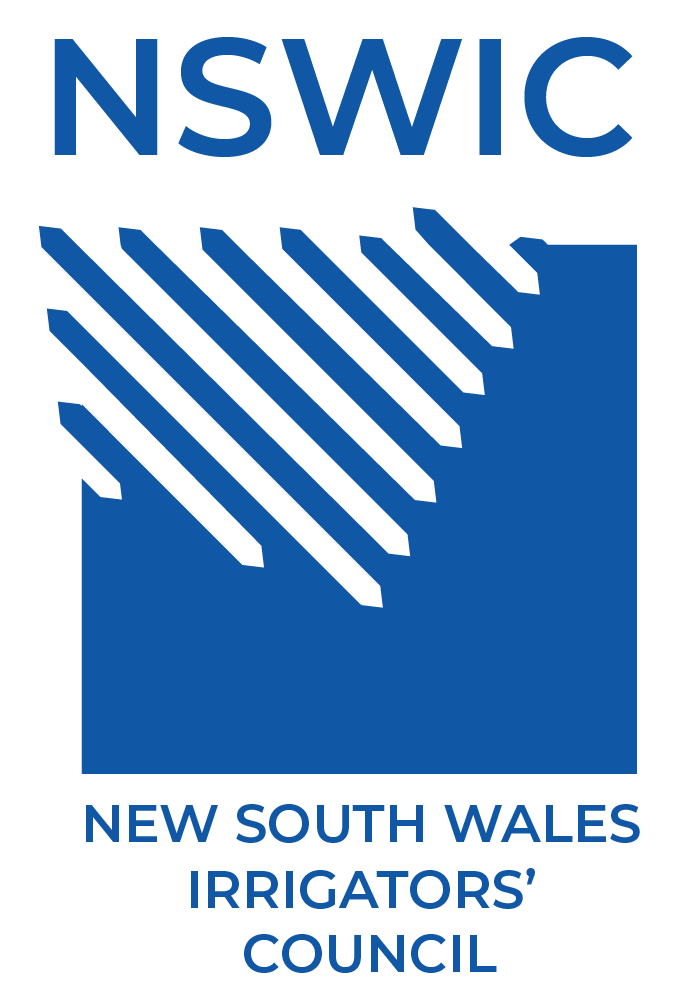Connectivity
Connectivity
NSWIC supports river connectivity.
NSWIC supports river connectivity, defined as: flows to meet critical human, environmental and cultural needs, within the physical, hydrological and climate limits on rainfall, inflows and flow rates.
Rivers in NSW have unique and distinct characteristics, ranging from the short and steep coastal rivers with high rainfall and few regulating structures; to the highly regulated river systems in the south fed from the Australian Alps, and the semi-arid ephemeral river systems in the north. The climate in NSW is also characterised by a ‘boom and bust’ cycle of ‘droughts and flooding rains’, making conditions highly variable.
In the northern Basin in particular, the ephemeral river system (with few regulating storages), means that rivers do naturally run dry. DPIE-Water has said
“A constantly flowing river is not normal for the Barwon-Darling region. The river stopped flowing for extended periods even before there were large dams and significant agricultural water use upstream. There is a relationship between the river drying and dry climatic periods. When we don’t get a lot of rain, the river is more likely to stop flowing. “
There are extensive rules in place to promote connectivity when feasible, such as those outlined in the ‘Stocktake of northern Basin connectivity water management rules’
NSWIC recognises the significant recent and ongoing suite of reforms to improve connectivity when conditions permit, as reflected in WSP rules. For example, the Independent Panel Assessment of the Management of the 2020 Northern Basin First Flush Event
“Connectivity must be a primary objective of first flush management in the Northern Basin if insufficient water is available to meet tributary and downstream critical water needs. However, the arrangements to meet downstream critical water needs, of necessity, also have to be reflective of and responsive to the ephemeral and intermittent flow nature of the rivers in the Northern Basin.”
NSWIC urges better communications to support a shared understanding of what connectivity means, to ensure public expectations pragmatically reflect the physical and hydrological limitations of river systems (which vary widely), particularly with a changing climate.

